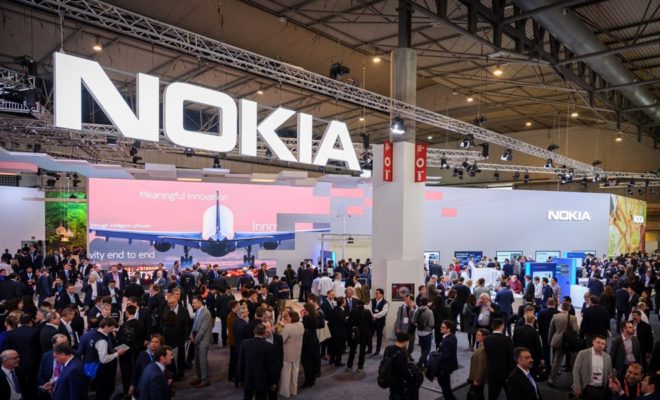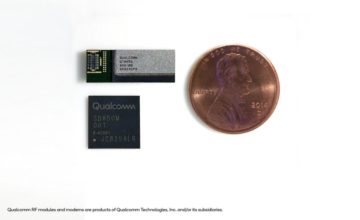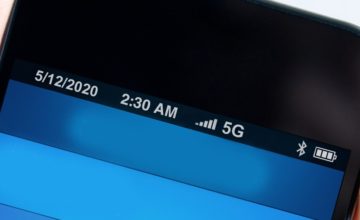The impending arrival of 5G may not be ushered in only by a desire to offer better service, but also by necessity and consumer habits. While LTE is not going anywhere anytime soon, it will soon hit its capacity, according to Nokia North American CTO Mike Murphy in a recent interview.
Despite all the chatter about 5G speeds exceeding the vaunted 1Gbps benchmark and decreased latency, the fact of the matter is consumers – who are using more data and shifting toward more data intensive habits, such as 4k video – are demanding these improvements.
This point – which Murphy calls “LTE exhaust” – figures to come sooner than later. “There is a limit to how far LTE will go,” Murphy told Fierce Wireless. “We can actually fairly accurately calculate LTE exhaust.”
While there will certainly still be LTE in rural areas, Murphy estimates that LTE will essentially be maxed out by 2023 or 2024 at the latest, not long after the projected rollout of 5G.
While many were counting on Massive MIMO and small cells taking LTE into the future, both technologies are not without shortcomings. For the former, there is a practical limit on how big the antenna can get, while the latter can be pricey and time-consuming to set up, according to Murphy. Additionally, he isn’t optimistic that operators can continue to expect more usable spectrum.
While Murphy was generally happy with how the FCC has been releasing high-band spectrum, he cautioned that 5G would require a variety of spectrums: high, low and everything in between.
Of the three, he is perhaps most optimistic of the mid band, which will be critical in attaining speeds of “3, 4, or 6 gigabits.”
Murphy also warned that latency low enough to enable applications such as self-driving cars will take time to achieve as operators will need to build more dispersed data centers.
“You don’t want to carry traffic from one side of the country to another,” Murphy concluded. “You have to keep it fairly local.”




